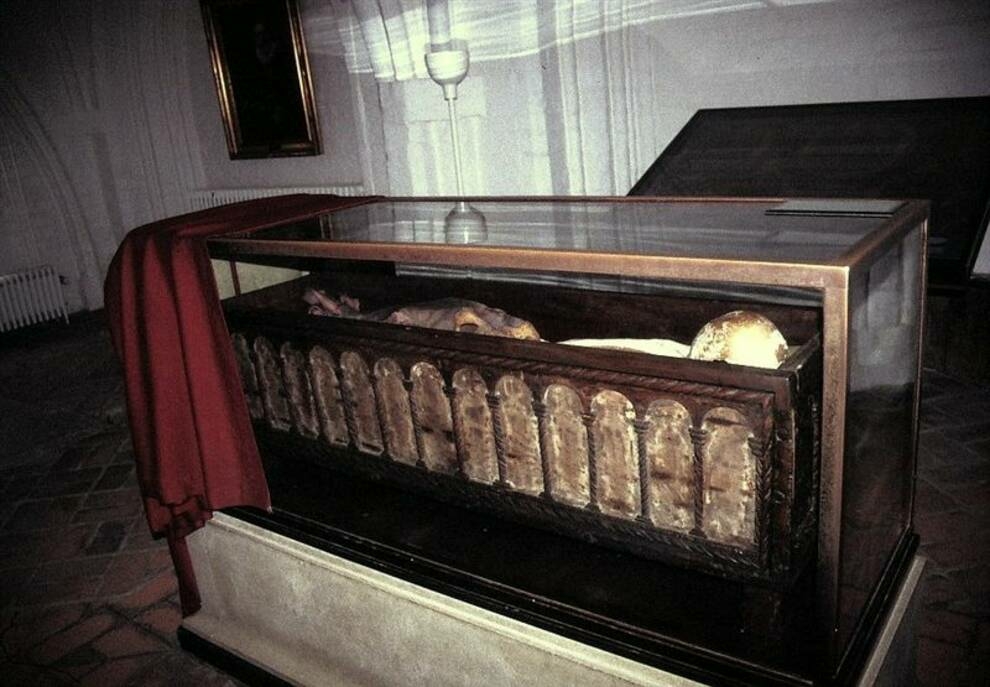
King Knud IV of Denmark and his unsuccessful innovations
In 1042, Knud IV the Saint was born - the king of Denmark, who ruled from 1080 to 1086. Knud IV came from the Estridsen dynasty, kings of Denmark, Sweden and Norway. The first mention of it can be found in the texts of 1069, when the Danes staged a raid into England. Later, Knud led another raid on the British, and on the way back he arrived in Flanders.
After the death of King Sven II, Knud's father, power passed to Harald III. Knud was forced to go to Sweden, where he stayed until Harald's death. After leading the country, he began to strengthen his power, seeking support from the church. The new king made generous gifts to the churches and made sure that all Christian holidays were celebrated. At the same time, Knud tried to control the nobles, appropriated communal lands for himself, and put forward new laws according to which freed slaves and foreign merchants received protection. The ruler's innovations were not liked by his subjects, who did not want the monarch to interfere in their usual life.
Knud planned to seize the English throne and began to assemble a fleet. However, his plans were not destined to come true: the king was drawn into a conflict with the Holy Roman Empire. The recruits returned to their families, and after a while an uprising was organized against Knud. In July, the king and his men were forced to hide in a church in Odense, where he was discovered by rebels and killed. After Knud's death, his wife Adela took refuge in Flanders, later their son Charles became Count of Flanders.
In 2008, researchers conducted an X-ray study of the remains of Knud IV, which showed that death occurred due to a wound through the abdomen and lower back. At the same time, there are no other signs of a struggle: this may mean that Knud did not resist in battle.

After the death of King Sven II, Knud's father, power passed to Harald III. Knud was forced to go to Sweden, where he stayed until Harald's death. After leading the country, he began to strengthen his power, seeking support from the church. The new king made generous gifts to the churches and made sure that all Christian holidays were celebrated. At the same time, Knud tried to control the nobles, appropriated communal lands for himself, and put forward new laws according to which freed slaves and foreign merchants received protection. The ruler's innovations were not liked by his subjects, who did not want the monarch to interfere in their usual life.
Knud planned to seize the English throne and began to assemble a fleet. However, his plans were not destined to come true: the king was drawn into a conflict with the Holy Roman Empire. The recruits returned to their families, and after a while an uprising was organized against Knud. In July, the king and his men were forced to hide in a church in Odense, where he was discovered by rebels and killed. After Knud's death, his wife Adela took refuge in Flanders, later their son Charles became Count of Flanders.
In 2008, researchers conducted an X-ray study of the remains of Knud IV, which showed that death occurred due to a wound through the abdomen and lower back. At the same time, there are no other signs of a struggle: this may mean that Knud did not resist in battle.

Photo ©


